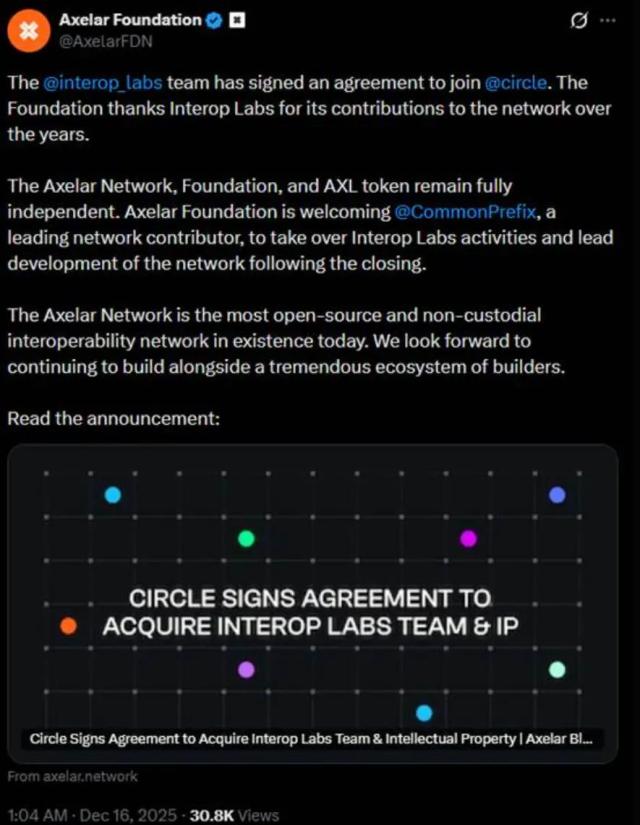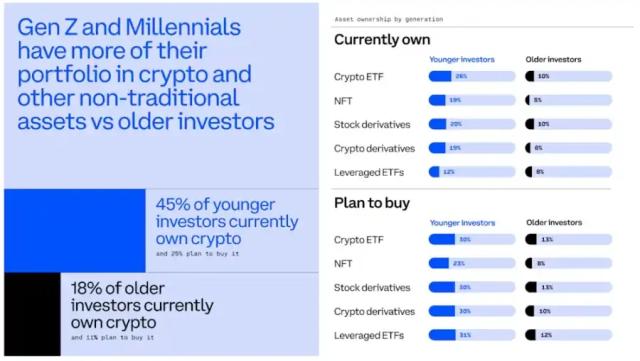Introduction
What components make up the blockchain ecosystem? One common method of categorization is to view it as a series of internet protocols arranged in layers.
The blockchain ecosystem can be divided into the following layers:
Layer 0: The infrastructure that supports multiple Layer 1 blockchains.
Layer 1: The foundational blockchain used for developing decentralized applications (DApps) and other functions.
Layer 2: Scalability solutions that handle activities from Layer 1 blockchains to alleviate their transaction burdens.
Layer 3: The application layer based on blockchain, which includes games, wallets, and other DApps.
It is important to note that not all blockchain ecosystems strictly adhere to this classification. Some ecosystems may lack certain layers, while others may adopt different classification methods.
The Role of Layer 0
Layer 0 protocols are designed to address some of the challenges faced by Layer 1 networks built on a single infrastructure, such as the Ethereum network. By creating a flexible infrastructure, Layer 0 allows developers to launch specialized blockchains, thus more effectively tackling issues like scalability and interoperability.
What Problems Can Layer 0 Solve?
- Interoperability
Interoperability refers to the ability of blockchain networks to communicate with one another. With this feature, the network of products and services supporting blockchains can integrate more closely, enhancing the user experience.
Blockchains built under the same Layer 0 protocol can interact by default without the need for specialized bridging solutions. This enables various blockchains within a single ecosystem to leverage each other’s functionalities and use cases, thereby improving transaction speed and efficiency.
- Scalability
Large blockchains like Ethereum, which provide all major functionalities such as transaction execution, consensus, and data availability through a single Layer 1 protocol, often experience congestion. This scalability bottleneck can be alleviated by Layer 0, as it distributes major functionalities across different blockchains.
This design ensures that blockchain networks built on the same Layer 0 infrastructure can optimize for specific tasks, thereby enhancing scalability. For example, a blockchain can be optimized for transaction processing to increase the number of transactions processed per second.
- Developer Flexibility
To encourage developers to build on this foundation, Layer 0 protocols typically offer user-friendly software development kits (SDKs) and seamless interfaces, ensuring that developers can easily launch their own specialized blockchains.
Layer 0 protocols provide developers with significant flexibility, allowing them to customize token issuance models and determine the types of DApps they wish to build on the blockchain.
How Do Layer 0 Protocols Work?
Layer 0 protocols operate in various ways, each differing in design, functionality, and focus.
Generally, Layer 0 protocols serve as foundational blockchains that can support the transaction data backup of multiple Layer 1 chains. By constructing clusters of Layer 1 chains on top of Layer 0 protocols, along with cross-chain transfer protocols, tokens and data can circulate between different blockchains.
In different Layer 0 protocols, the structure and interrelationships of these components vary. Here are a few examples:
- Polkadot
Polkadot, designed by Ethereum co-founder Gavin Wood, allows developers to build their own blockchains on its platform. The protocol uses what is known as the "Polkadot Relay Chain" as the main chain, while the independent blockchains built on Polkadot are referred to as "parachains."
The role of the relay chain is to act as a bridge between the parachains, facilitating efficient data communication. It utilizes sharding technology, which involves splitting the blockchain or other types of databases to enhance transaction processing efficiency.
Polkadot ensures network security and achieves consensus through a Proof of Stake (PoS) mechanism. Developers building projects on Polkadot must participate in slot auction bidding. The first parachain projects on Polkadot were approved in auctions held in December 2021.
- Avalanche
Avalanche, launched by Ava Labs in 2020, focuses on decentralized finance (DeFi) protocols. Its infrastructure consists of three core chains: the Contract Chain (C-Chain), the Exchange Chain (X-Chain), and the Platform Chain (P-Chain).
These three chains are responsible for the main functions within the ecosystem, designed to enhance security while reducing latency and increasing throughput. The X-Chain is used for creating and trading assets, the C-Chain processes smart contracts, and the P-Chain coordinates validators and subnets. Avalanche's flexible structure also supports fast and low-cost cross-chain transactions.
- Cosmos
The Cosmos network was founded in 2014 by Ethan Buchman and Jae Kwon, comprising a Proof of Stake blockchain mainnet known as the "Cosmos Hub," along with several customized blockchains called "zones." The Cosmos Hub facilitates the transfer of assets and data between interconnected zones, providing shared security.
Each zone offers a high degree of customization, allowing developers to design their own cryptocurrencies, adjust block validation settings, and implement other features. All Cosmos applications and services within a zone interact through the Inter-Blockchain Communication (IBC) protocol, enabling assets and data to be freely exchanged across different blockchains.
Conclusion
Depending on their design, Layer 0 blockchains have the potential to address industry challenges such as interoperability and scalability. However, the extent of adoption and success of Layer 0 blockchains remains to be seen. There are many competing solutions in the industry aimed at achieving similar goals.
The effectiveness of Layer 0 blockchains in tackling industry challenges will largely depend on their ability to attract developers to build on these protocols, as well as whether the applications hosted on these protocols can provide real value to users.







